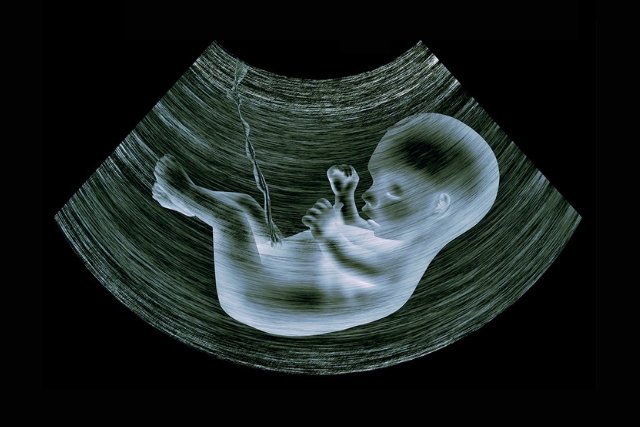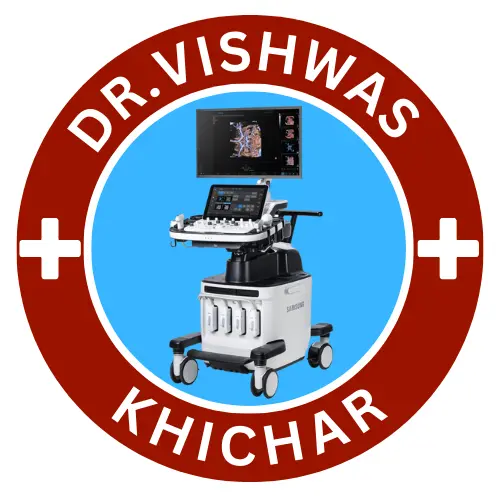NT Scan

The nuchal translucency scan (NT scan) is an ultrasound scan performed between the 11th and 14th weeks of pregnancy to determine the thickness of the fluid at the back of the baby’s neck (nuchal translucency) and detect any chromosomal abnormalities.
Let us have a closer look into the sample NT scan report and how to read the results
What is the normal range for NT scan?
The normal NT value is anything less than 3 mm.
A normal NT range means the baby has a low chance of having Down Syndrome.

A baby can be diagnosed with Down Syndrome in one of two ways:
NT Scan:
NT above 3 millimeters in most pregnancies indicates a discussion of genetic counseling and additional testing.
Your baby should be between 45mm and 84mm in size for an NT of less than 3 mm to be considered normal (3.3in).
Double Marker Test:
1:30 means that out of 30 pregnant women with similar results, one baby will have Down Syndrome, while the other 29 will not.
1:4000 means that out of 4000 pregnant women with similar results, one baby has Down Syndrome while the remaining 3999 babies do not.
There will be less risk if the second number is high, such as 4000 in a ratio of 1:4000.
The outcomes can be divided into low-risk and high-risk categories. A cutoff of 1 in 350 is applied in these circumstances.
Because 1:30 is more dangerous than 1:350, it is regarded as high risk.
Since 1:4000 carries less risk than 1:350, it is regarded as low risk.
Why NT scan is necessary?
This is a high-quality scan taken to precisely measure the NT and CRL measurements.
These are essential in providing pregnant women with an optimum risk result for chromosomal disorders (antenatal screening).
